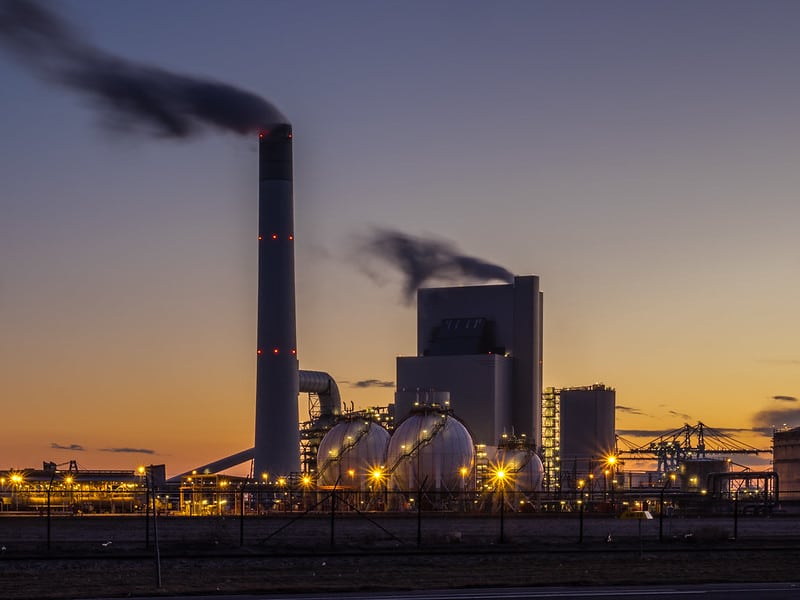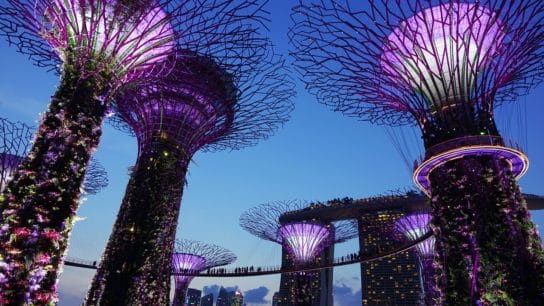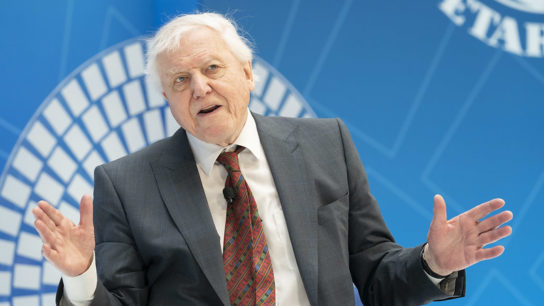The Netherlands government has told a consortium of companies that it will spend as much as USD$2.6 billion in the coming years on a carbon capture project, which will see some of their carbon emissions pumped under the sea bed.
—
What is Happening?
- The project at the Port of Rotterdam could sequester about 2.5 million metric tons of carbon dioxide annually by storing it in depleted gas fields in the seabed. The four companies involved- Shell, Exxon, Air Liquide SA, and Air Products and Chemicals Inc.- will receive state backing for the plan. The Port of Rotterdam generated 22.4 million tons of carbon dioxide last year, about 14% of the country’s annual emissions.
- The carbon capture project, called Porthos, will trap pollution from the companies’ oil refineries and hydrogen production plants in a shared network. The gases will then be compressed and transported by pipes off the coast and pumped into a sandstone reservoir three kilometres below the seabed that once held natural gas.
- The system where multiple facilities feed into a single network is an increasingly popular way to share the costs of establishing a carbon storage facility and increase the number of polluters that can use it. Similar models are being pursued in Norway and the UK. The Dutch subsidy is designed to prevent the four companies from incurring losses for building the hub.
- Carbon removal is quickly becoming one of the most economical climate action solutions as policy makers are increasingly turning their attention towards reducing emissions in the industrial sector.
You might also like: Cost of Carbon in EU Hits Record 50 Euros Due to Tighter Pollution Rules
Carbon Price in the EU
- The carbon price in the EU has risen about 70% to nearly 55 euros a ton.
- This carbon capture system in the Netherlands could cost companies about 80 euros per ton on average to build and operate. The subsidy would make up the difference by paying- at current prices- about 25 euros for every ton of emissions. This top-up subsidy- called contracts for differences- shields companies from losses if the price of the service falls below a certain threshold, but allows them to make profits if it rises above it. It also protects taxpayers from subsidising technologies that no longer need help to compete in the market. It has been used by the UK to successfully drive down the cost of offshore wind power.
- The companies involved in the Rotterdam project have said they aim to have the carbon capture system operational by 2024. By then, the carbon price could already be high enough to eliminate the need for further government subsidies, which will be on offer for the first 15 years of the hub’s operation.
Sjaak Poppe, a spokesman for the port, says, “We’re quite confident we’ll be able to take the final [investment] decisions early next year and start building.”
Featured image by: Flickr

















